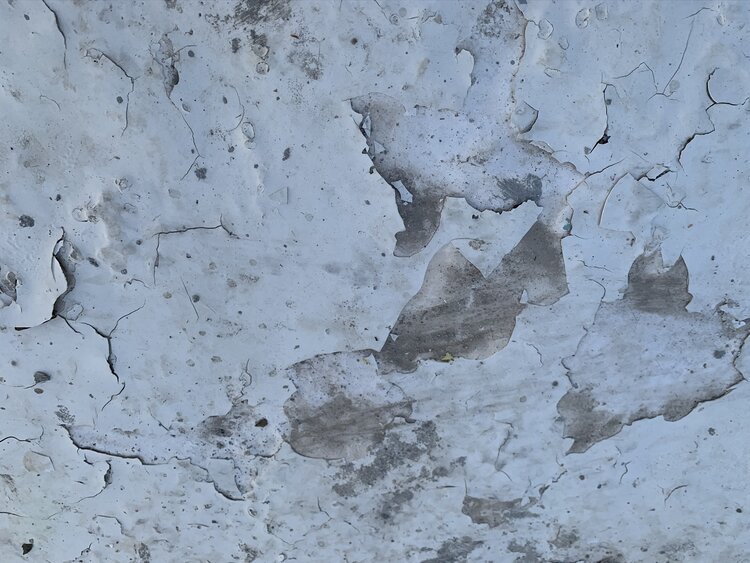Industrial Painting & Sandblasting Go Together Like Kansas City & BBQ
Look at the can of any paint or coating and you will likely see something like “make sure surface is clean and void of dirt, debris, peeling”. Any painter will tell you the most important step of any painting project is properly preparing the surface. The problem is that most painters are limited in their knowledge and ability to handle the various conditions and surfaces that need to be painted.
Usually, the reason someone calls a painter is because the current paint doesn’t look good so they just think put on a new coat. Painting over a problem does not fix it. Before the paint goes on, here are some things that should be addressed for industrial painting:
REMOVAL OF FAILING COATING
It could just mean scraping or sanding, but many times industrial projects require a professional method to efficiently remove the current coating. Abrasive blasting, more commonly referred to as sandblasting, is the process used to remove paint and coating on large industrial projects. A surface like concrete, steel, or brick will withstand a courser grit abrasive but depending on the environment may require a more intricate approach. Wood can also be efficiently “sanded” with a finer or more gentle method to avoid pitting or scarring. On the opposite end of the spectrum is something like hydro blasting which can shoot water up to 40,000 psi to obliterate the toughest coatings.

A professional sandblasting company will have the expertise and knowledge to determine the most suitable media for your project. Be sure you are working with an experienced team that can provide solutions to meet your specific needs.
RUST REMEDIATION
If the coating was failing on a steel structure or it was never coating in the first place you probably have rust. The rust needs to be removed. If it is trapped under a new coating it will just continue to spread and jeopardize the soundness of the structure. It’s important to keep in mind the blasting process strips oxidization off of steel so it needs to be coated promptly to avoid exposure to moisture and re-rusting.

CLEANING AND SANITIZING
Depending on your project, a chemical power wash to rid the surface of dirt, oil, or greasy build-up may be all that is needed. However, a food production facility might find benefit from dry ice blasting to sanitize the surface. Dry Ice or Soda blasting can be especially effective in the food industry and can even remove soot and char from surfaces damaged in a fire.
UNIFORM SURFACE TEXTURE
In addition to cleaning and removing the coating, sandblasting (abrasive blasting) can also “roughen up” the surface to help with the adhesion of the paint. The scratching and etching prepare the surface for the paint to stick and create a better bond. This minimizes the chance of chipping paint. If your surface required repairs or patching after the coating was removed, sandblasting can create a uniform texture.



Now that your surface has been properly prepared, the right primer is crucial. This step is so important in assuring adhesion and improving durability. The primer could seal a porous surface or act as a barrier to protect the surface.
Finally, you are ready to paint. Don’t diminish the importance of professional quality products and professional applications. To us, it doesn’t make sense to start with the painter and work backward. The best solution is going to be a contractor who understands and can complete the whole process.
Blast It Clean provides all-in-one solutions for your industrial surface needs. We have the experience and the know-how to get your project completed efficiently with minimal disruption to your operations. To learn about our company and the many services we offer call 877-379-4233 or click below.
